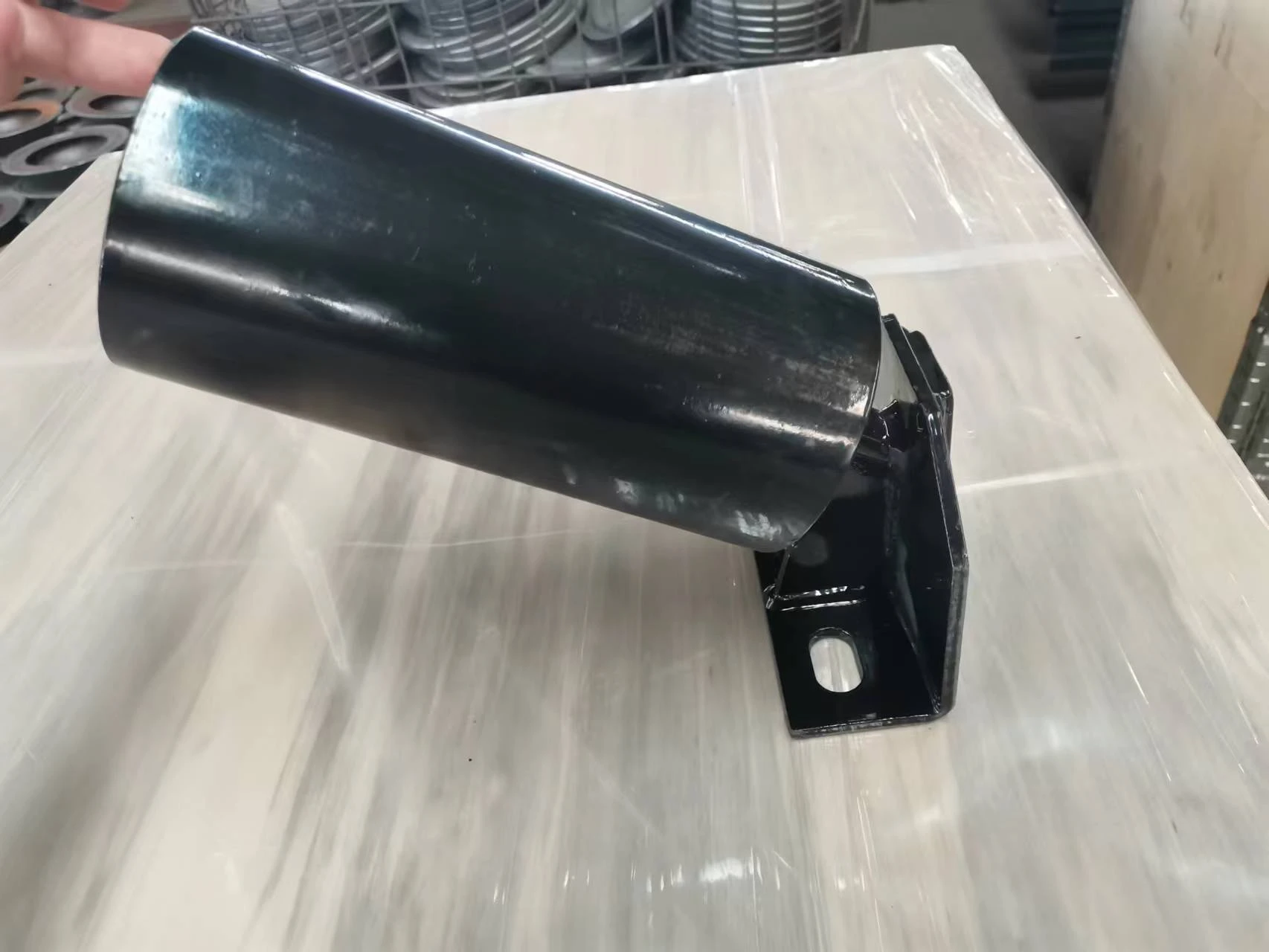 Afrikaans
Afrikaans  Albanian
Albanian  Amharic
Amharic  Arabic
Arabic  Armenian
Armenian  Azerbaijani
Azerbaijani  Basque
Basque  Belarusian
Belarusian  Bengali
Bengali  Bosnian
Bosnian  Bulgarian
Bulgarian  Catalan
Catalan  Cebuano
Cebuano  Corsican
Corsican  Croatian
Croatian  Czech
Czech  Danish
Danish  Dutch
Dutch  English
English  Esperanto
Esperanto  Estonian
Estonian  Finnish
Finnish  French
French  Frisian
Frisian  Galician
Galician  Georgian
Georgian  German
German  Greek
Greek  Gujarati
Gujarati  Haitian Creole
Haitian Creole  hausa
hausa  hawaiian
hawaiian  Hebrew
Hebrew  Hindi
Hindi  Miao
Miao  Hungarian
Hungarian  Icelandic
Icelandic  igbo
igbo  Indonesian
Indonesian  irish
irish  Italian
Italian  Japanese
Japanese  Javanese
Javanese  Kannada
Kannada  kazakh
kazakh  Khmer
Khmer  Rwandese
Rwandese  Korean
Korean  Kurdish
Kurdish  Kyrgyz
Kyrgyz  Lao
Lao  Latin
Latin  Latvian
Latvian  Lithuanian
Lithuanian  Luxembourgish
Luxembourgish  Macedonian
Macedonian  Malgashi
Malgashi  Malay
Malay  Malayalam
Malayalam  Maltese
Maltese  Maori
Maori  Marathi
Marathi  Mongolian
Mongolian  Myanmar
Myanmar  Nepali
Nepali  Norwegian
Norwegian  Norwegian
Norwegian  Occitan
Occitan  Pashto
Pashto  Persian
Persian  Polish
Polish  Portuguese
Portuguese  Punjabi
Punjabi  Romanian
Romanian  Russian
Russian  Samoan
Samoan  Scottish Gaelic
Scottish Gaelic  Serbian
Serbian  Sesotho
Sesotho  Shona
Shona  Sindhi
Sindhi  Sinhala
Sinhala  Slovak
Slovak  Slovenian
Slovenian  Somali
Somali  Spanish
Spanish  Sundanese
Sundanese  Swahili
Swahili  Swedish
Swedish  Tagalog
Tagalog  Tajik
Tajik  Tamil
Tamil  Tatar
Tatar  Telugu
Telugu  Thai
Thai  Turkish
Turkish  Turkmen
Turkmen  Ukrainian
Ukrainian  Urdu
Urdu  Uighur
Uighur  Uzbek
Uzbek  Vietnamese
Vietnamese  Welsh
Welsh  Bantu
Bantu  Yiddish
Yiddish  Yoruba
Yoruba  Zulu
Zulu Innovative Wing Roller Design for Enhanced Performance in Mechanical Systems
The Evolution and Impact of the Wing Roller
The wing roller, a marvel of mechanical engineering, represents a significant advancement in the realm of material handling and transportation. Its design, functionality, and applications have revolutionized various industries, from manufacturing to agriculture, making processes more efficient and enhancing productivity.
Understanding the Wing Roller
At its core, the wing roller is a type of conveyor roller designed to facilitate the movement of goods across a production line or during transportation. Its unique shape—resembling a wing—allows it to provide better support and reduce friction when moving heavy or bulky items. The innovative design translates into less energy consumption, leading to cost savings and a lower environmental impact.
The wing roller is typically constructed from durable materials such as steel or high-density plastic, which contribute to its longevity and resistance to wear and tear. The bearings used in wing rollers are engineered for smooth operation, further minimizing energy loss. This engineering excellence enables manufacturers to move larger loads with relative ease, thereby streamlining operations and meeting increased demand for efficiency.
Applications Across Industries
The versatility of wing rollers means they are applicable in numerous sectors. In automotive manufacturing, wing rollers are a crucial component of assembly lines, ensuring that parts are moved seamlessly from one stage of production to the next. By incorporating wing rollers, automotive manufacturers can enhance throughput and reduce production times, ultimately leading to higher output and profitability.
In the agriculture sector, wing rollers are used in equipment for harvesting and handling crops. Their design allows for minimizing damage to delicate produce, an essential consideration for maintaining quality and maximizing yield. The efficient operation of wing rollers ensures that agricultural processes are not only faster but also more effective, contributing to the overall success of farming operations.
Logistics and distribution industries have also benefited significantly from the implementation of wing rollers
. They are integral in warehouse management systems, where automated conveyor systems rely on these rollers to transport goods efficiently. The speed and reliability of wing rollers help companies maintain inventory accuracy and streamline order fulfillment processes, which is increasingly important in an age of e-commerce.wing roller

Improving Workplace Safety
One of the most overlooked aspects of wing rollers is their contribution to workplace safety. The ergonomic design minimizes manual handling risks, which are often associated with lifting heavy items. Workers are less prone to injuries when relying on mechanized systems for transport. Additionally, the smooth operation of wing rollers reduces the likelihood of product spillage and related hazards, creating a safer work environment.
The reduction of physical strain and potential injuries is especially important in industries with high turnover or where manual labor predominates. By adopting wing roller systems, businesses can promote better health and well-being for their employees, leading to improved morale and productivity.
The Future of Wing Rollers
As technology continues to advance, the future of wing rollers looks promising. Innovations such as automation and smart technologies are set to enhance the functionality of these systems. The integration of sensors and IoT capabilities could provide real-time monitoring of roller performance, predicting maintenance needs before failures occur. This proactive approach can reduce downtime and ensure uninterrupted operations.
Moreover, sustainability is becoming increasingly important in all sectors. The development of eco-friendly materials for manufacturing wing rollers and energy-efficient operations will likely dominate future designs, aligning with global sustainability goals.
Conclusion
The wing roller, with its relatively simple yet highly effective design, has emerged as a critical component in various industries. Its ability to enhance efficiency, improve safety, and contribute to sustainability makes it an invaluable asset in modern production and logistics systems. As engineering advancements continue to unfold, wing rollers will undoubtedly evolve further, continuing to play a vital role in the progress of industrial applications. The future holds great potential for this remarkable invention, and its ongoing evolution will only solidify its position as an essential tool in the world of material handling.
-
Revolutionizing Conveyor Reliability with Advanced Rubber Lagging PulleysNewsJul.22,2025
-
Powering Precision and Durability with Expert Manufacturers of Conveyor ComponentsNewsJul.22,2025
-
Optimizing Conveyor Systems with Advanced Conveyor AccessoriesNewsJul.22,2025
-
Maximize Conveyor Efficiency with Quality Conveyor Idler PulleysNewsJul.22,2025
-
Future-Proof Your Conveyor System with High-Performance Polyurethane RollerNewsJul.22,2025
-
Driving Efficiency Forward with Quality Idlers and RollersNewsJul.22,2025





























